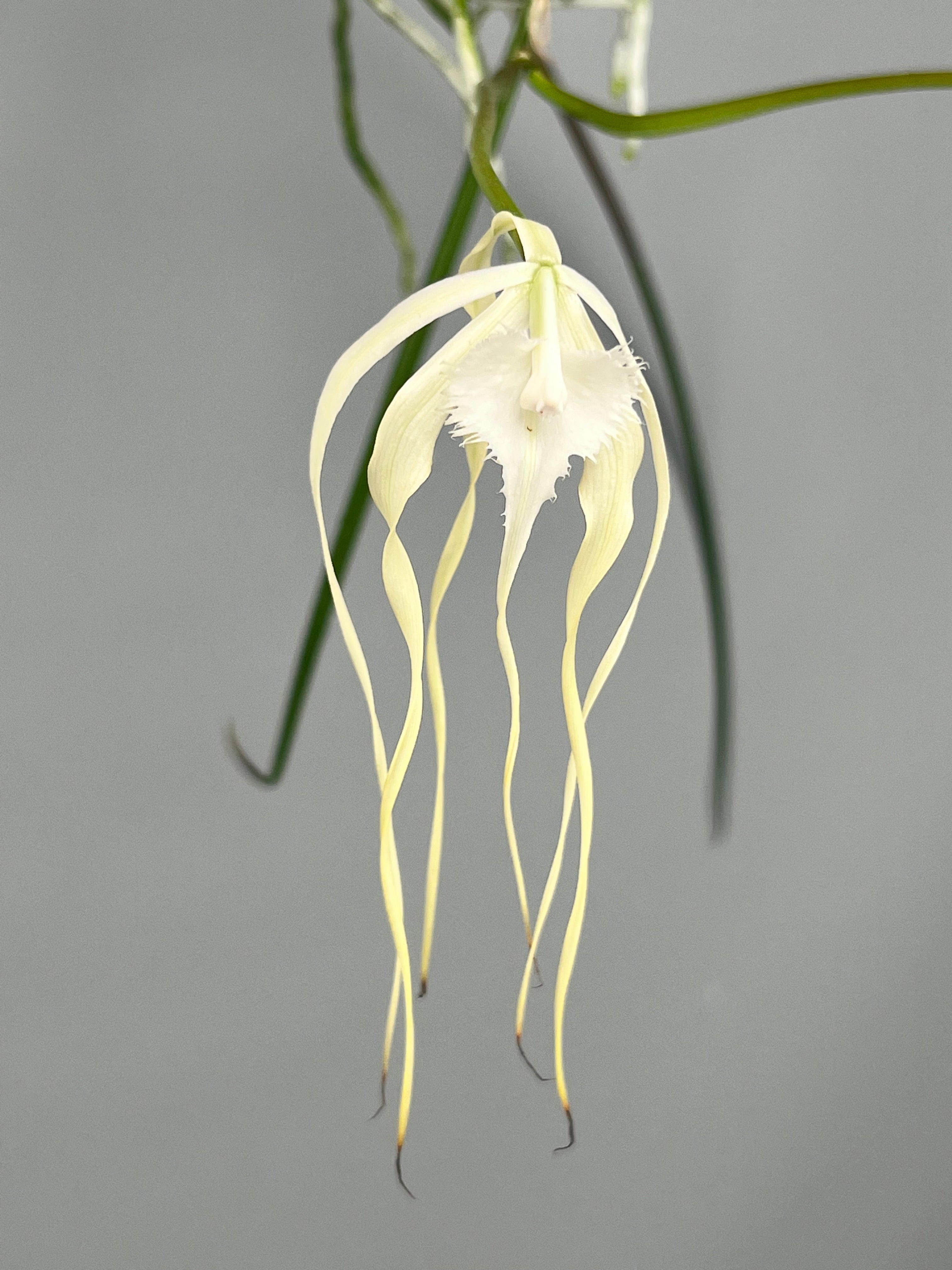
Brassavola
13 products
Showing 1 - 13 of 13 products
The Brassavola is one orchid with a characteristic flower, which in different striking colors can prevent. This gender includes just over 20 types of orchids with flowers that have a striking lip. An older, mature brassavola can exuberantly.
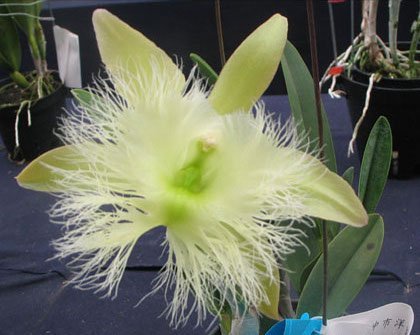
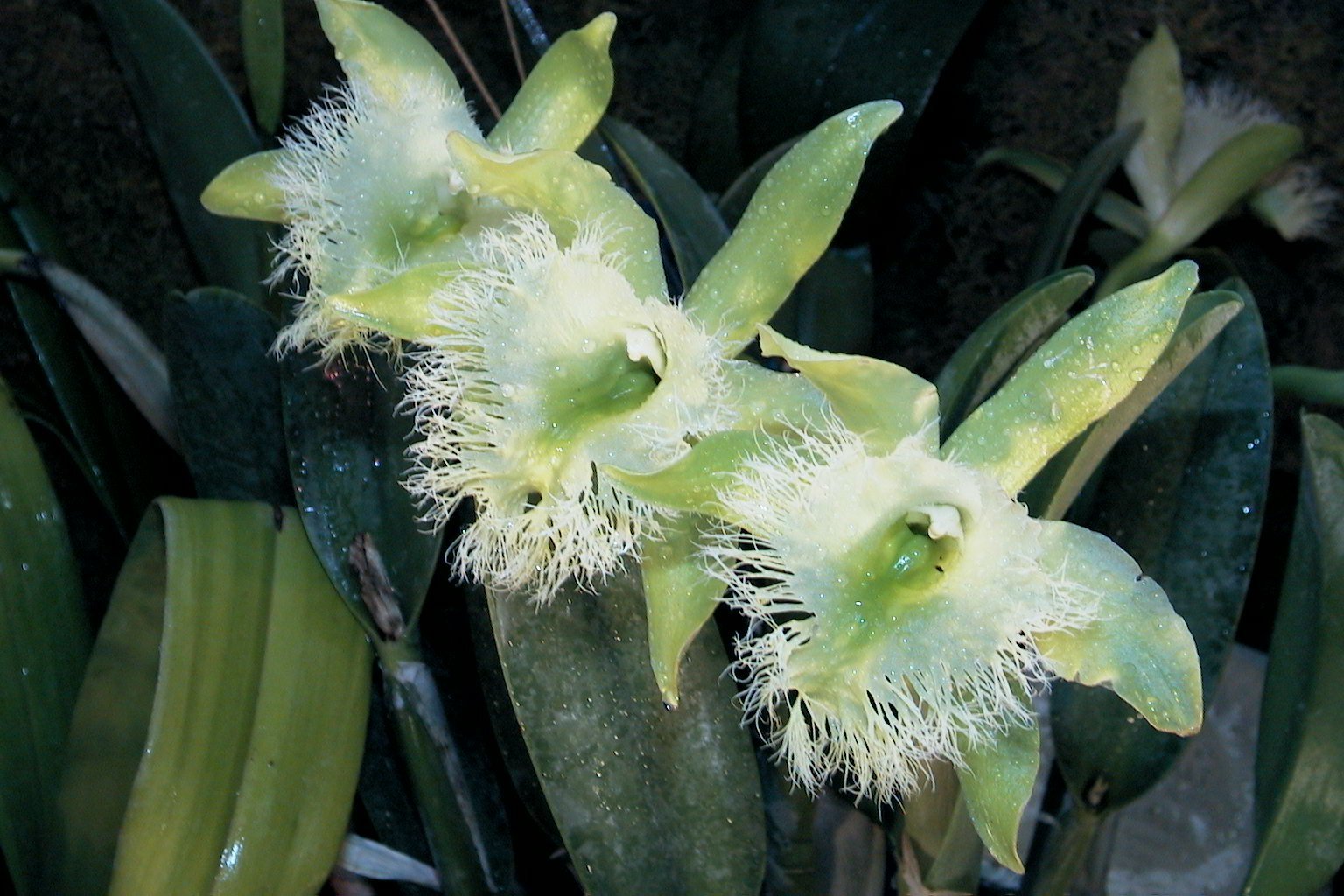
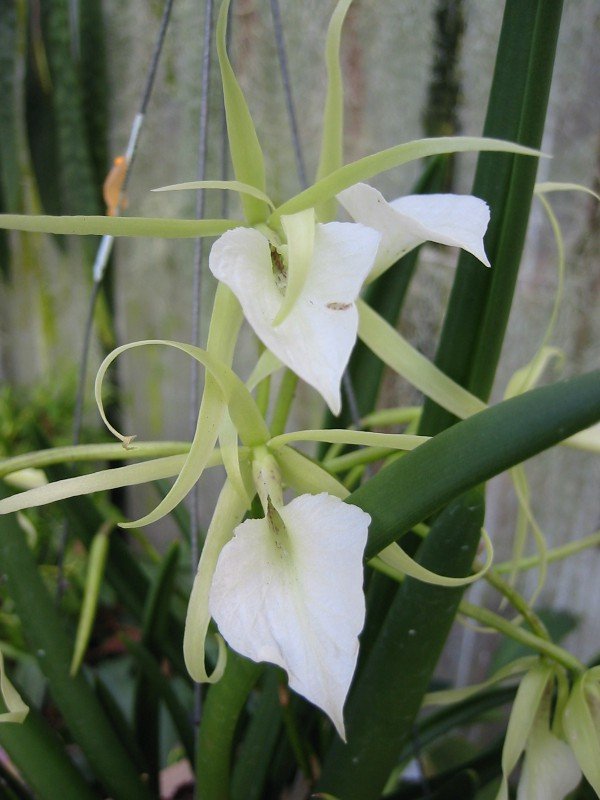
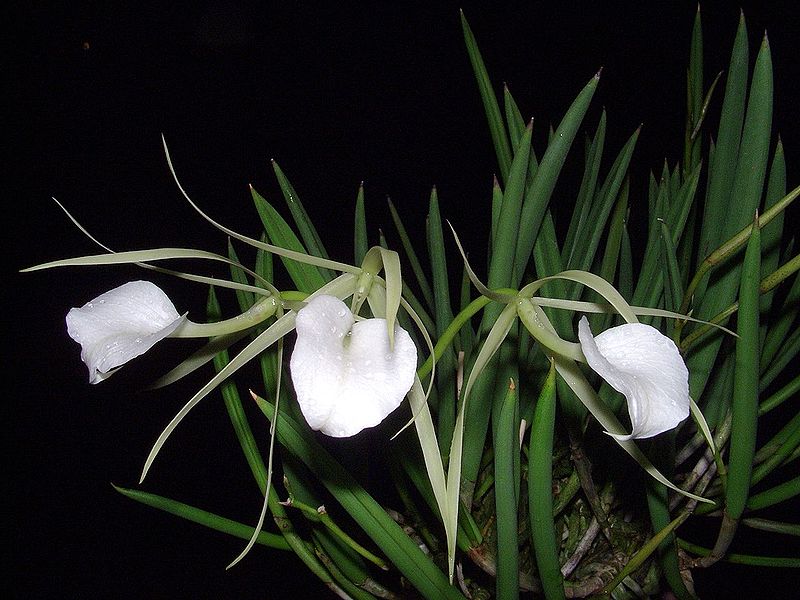
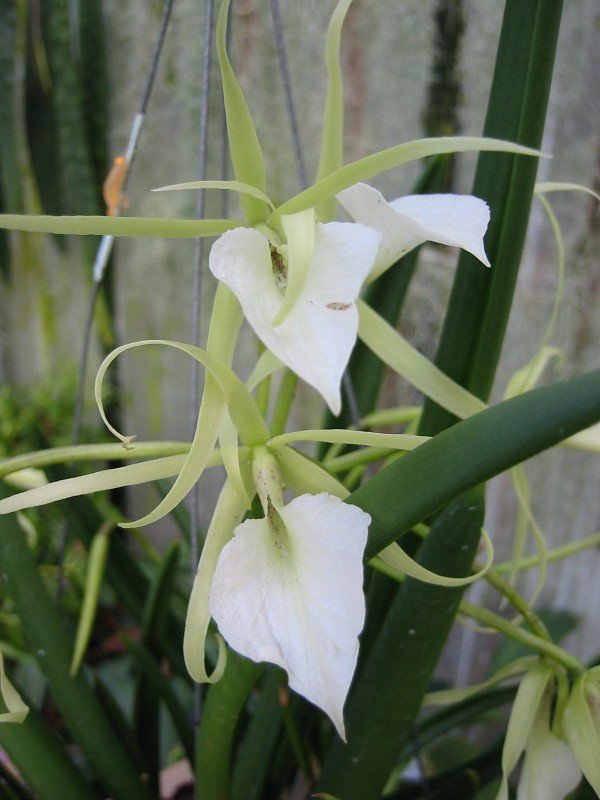
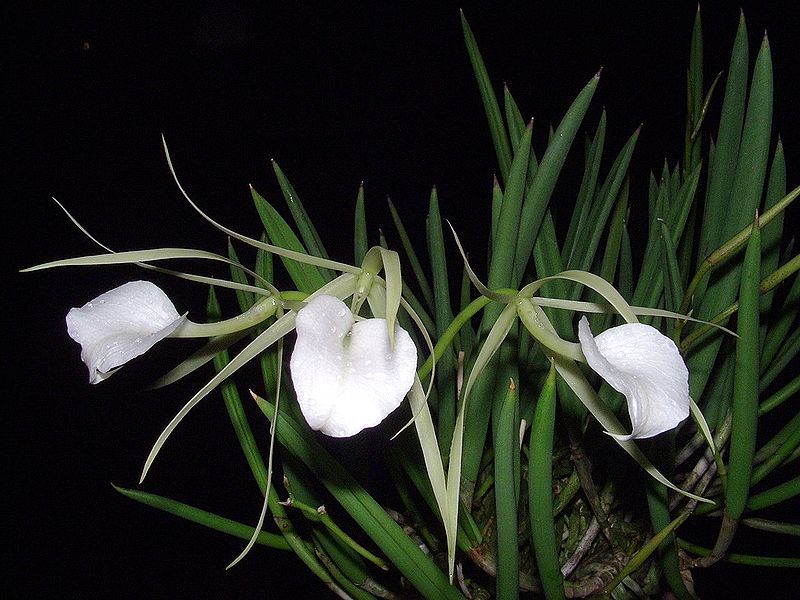
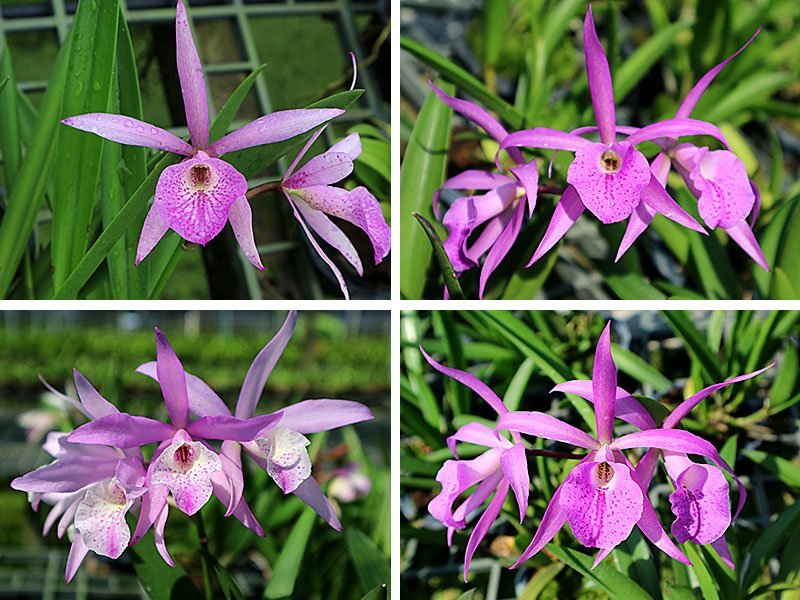
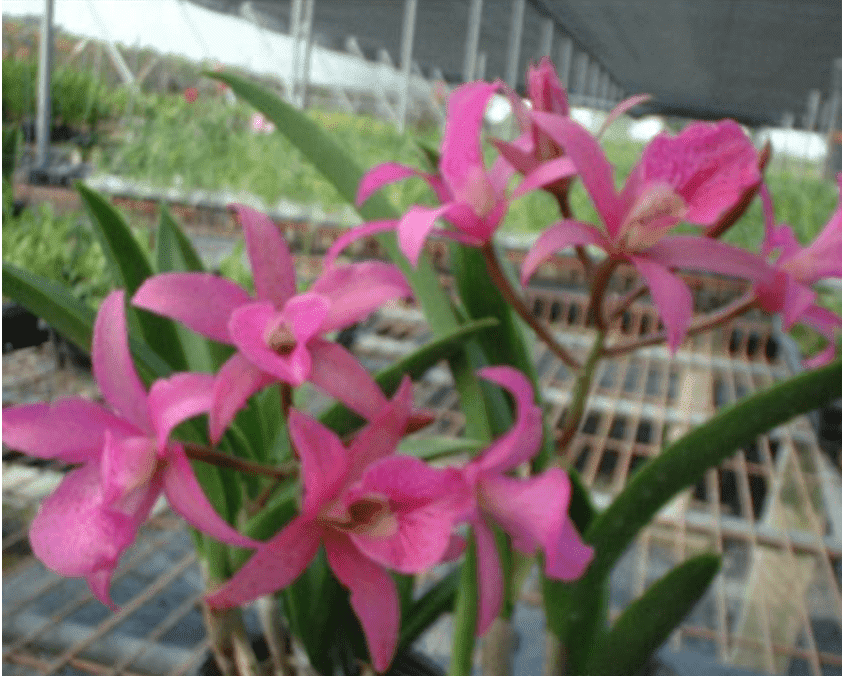
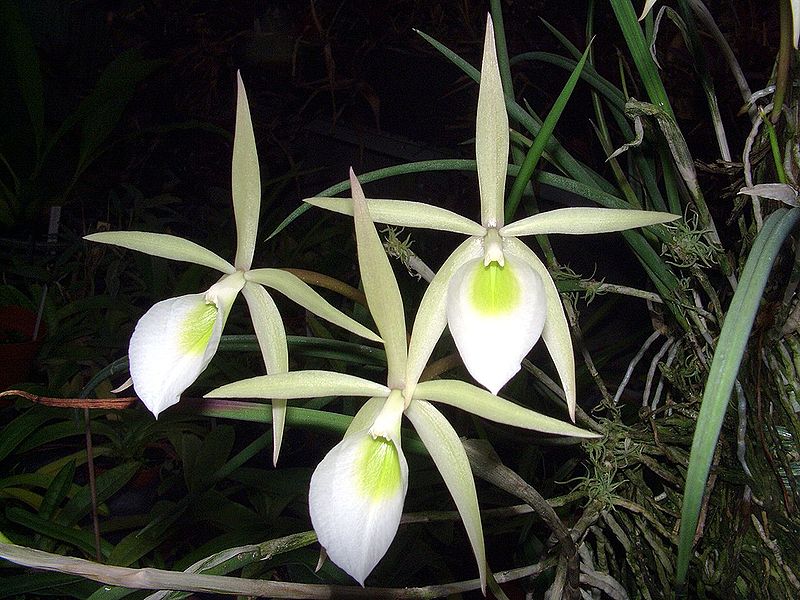

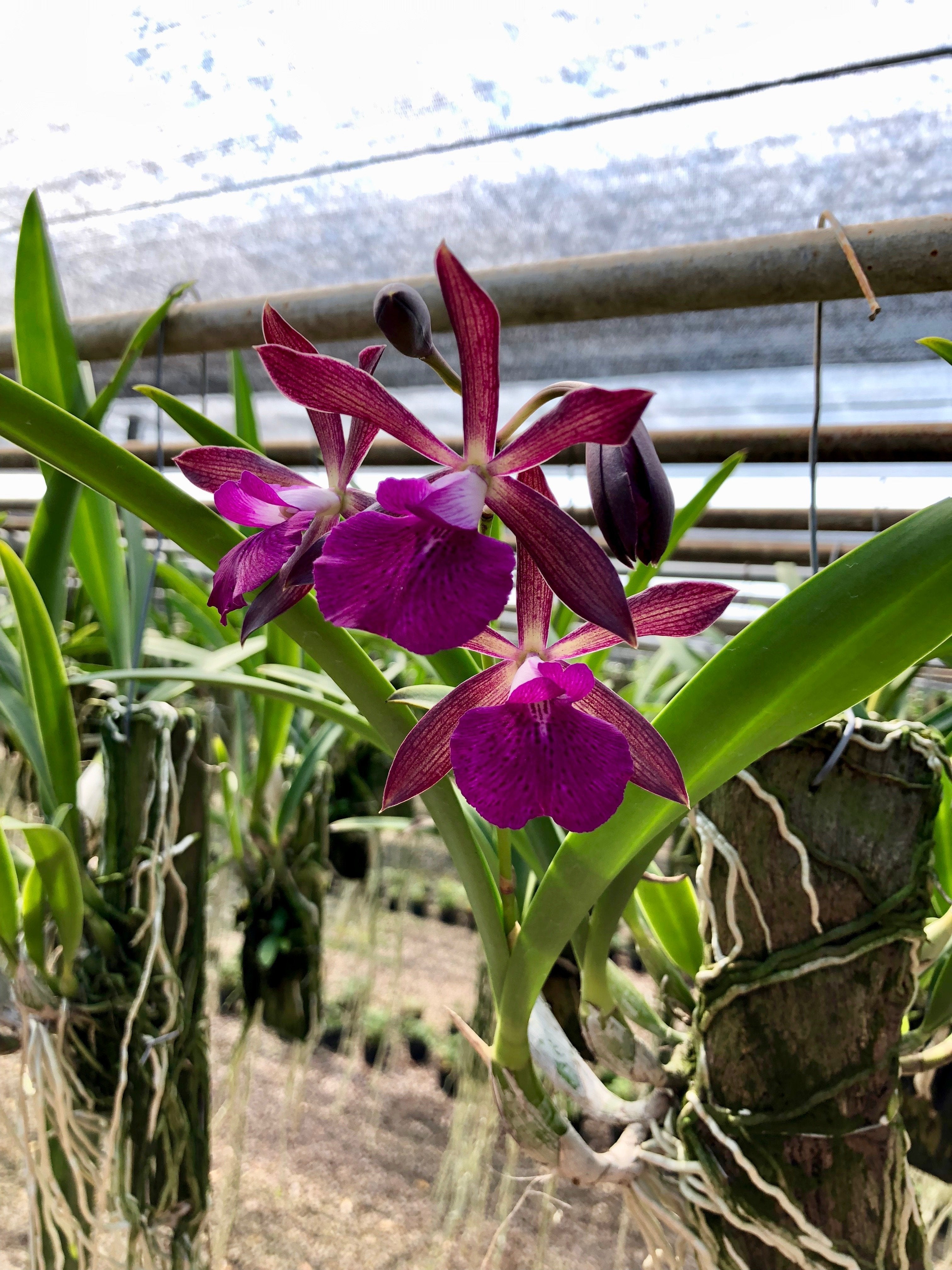
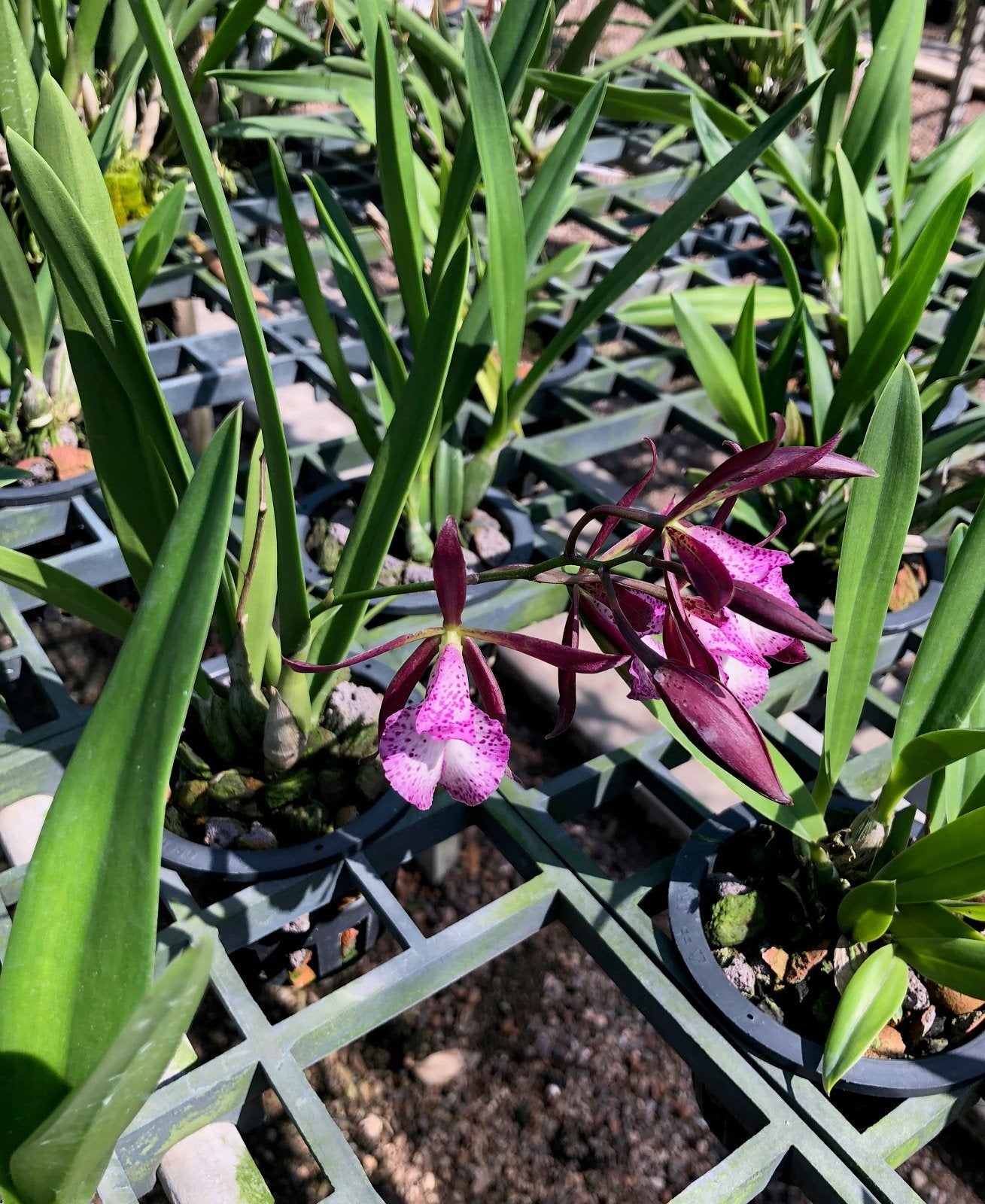
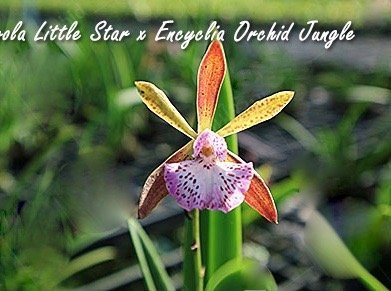
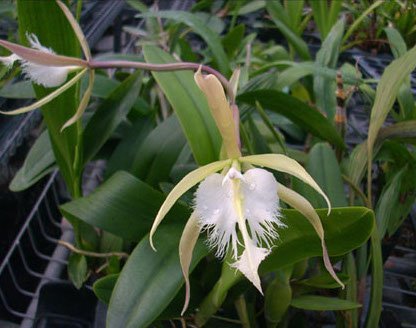
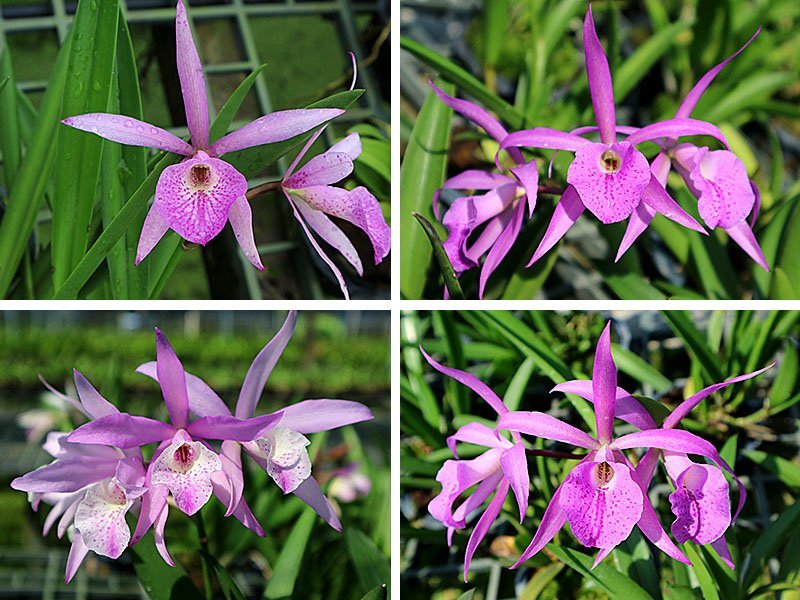
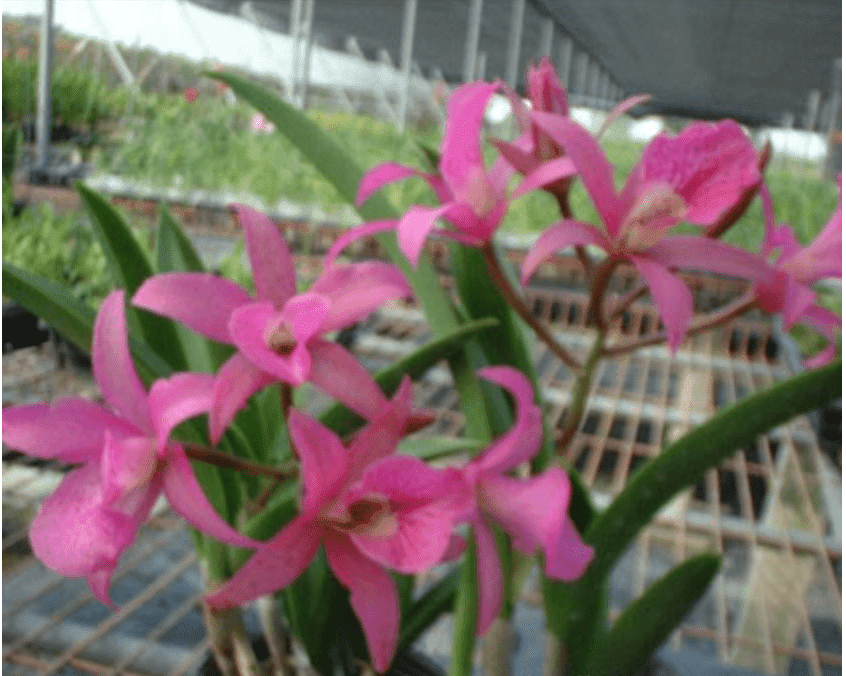
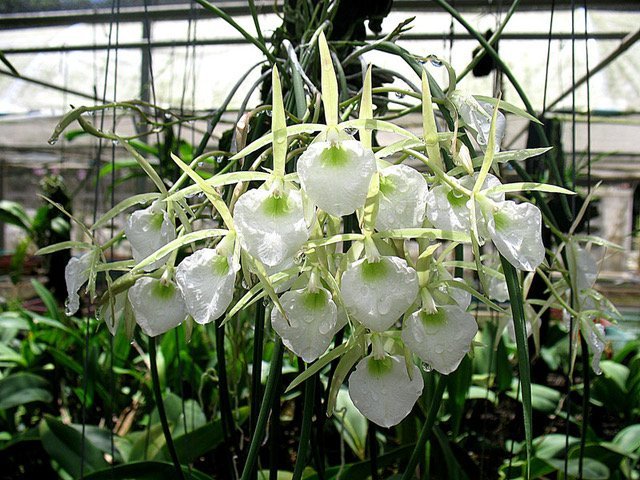
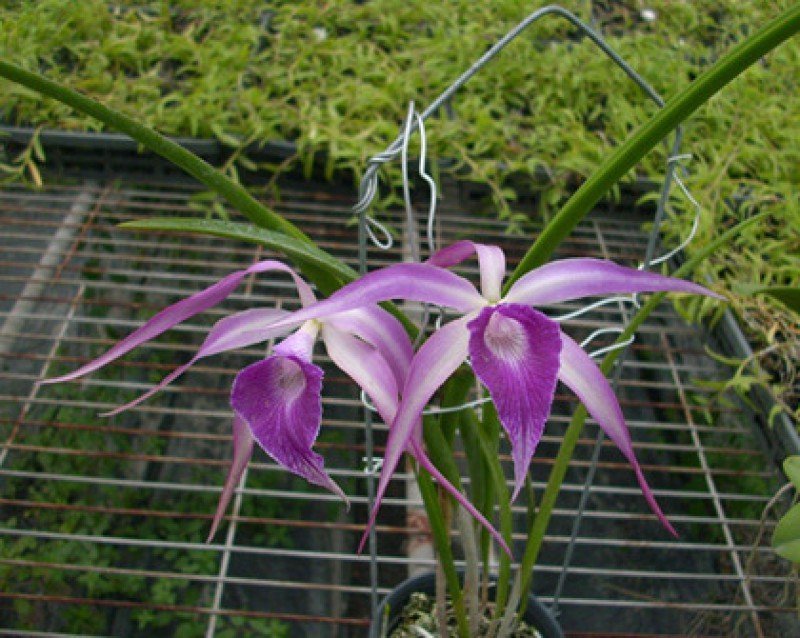

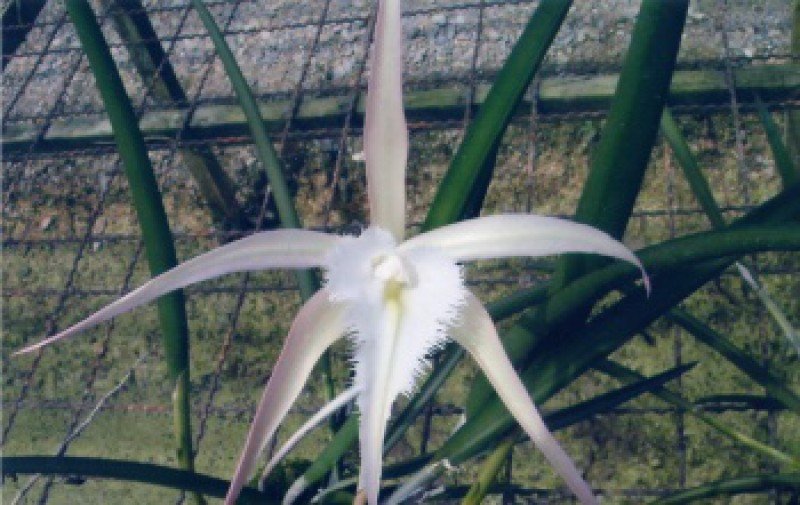
Recent bekeken
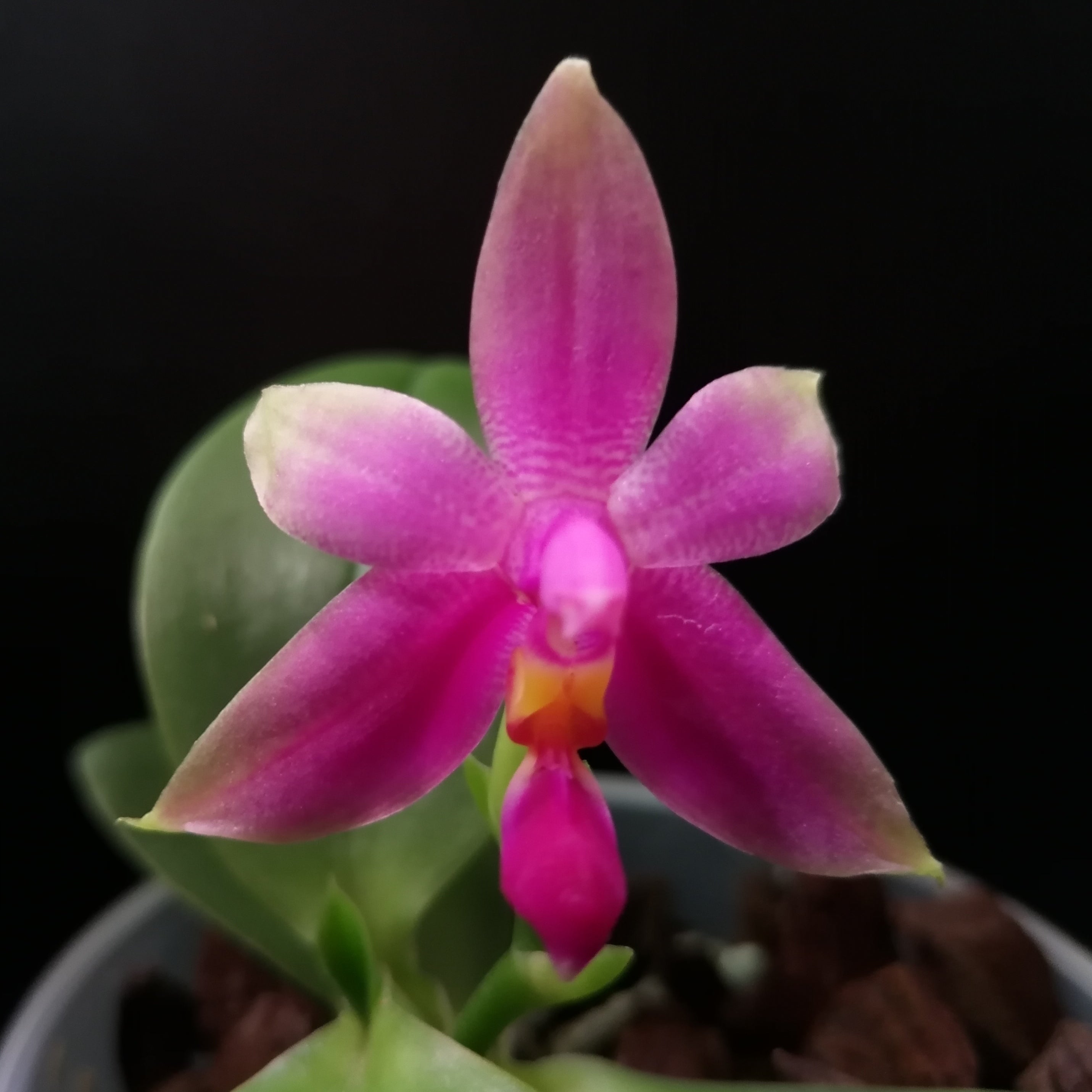
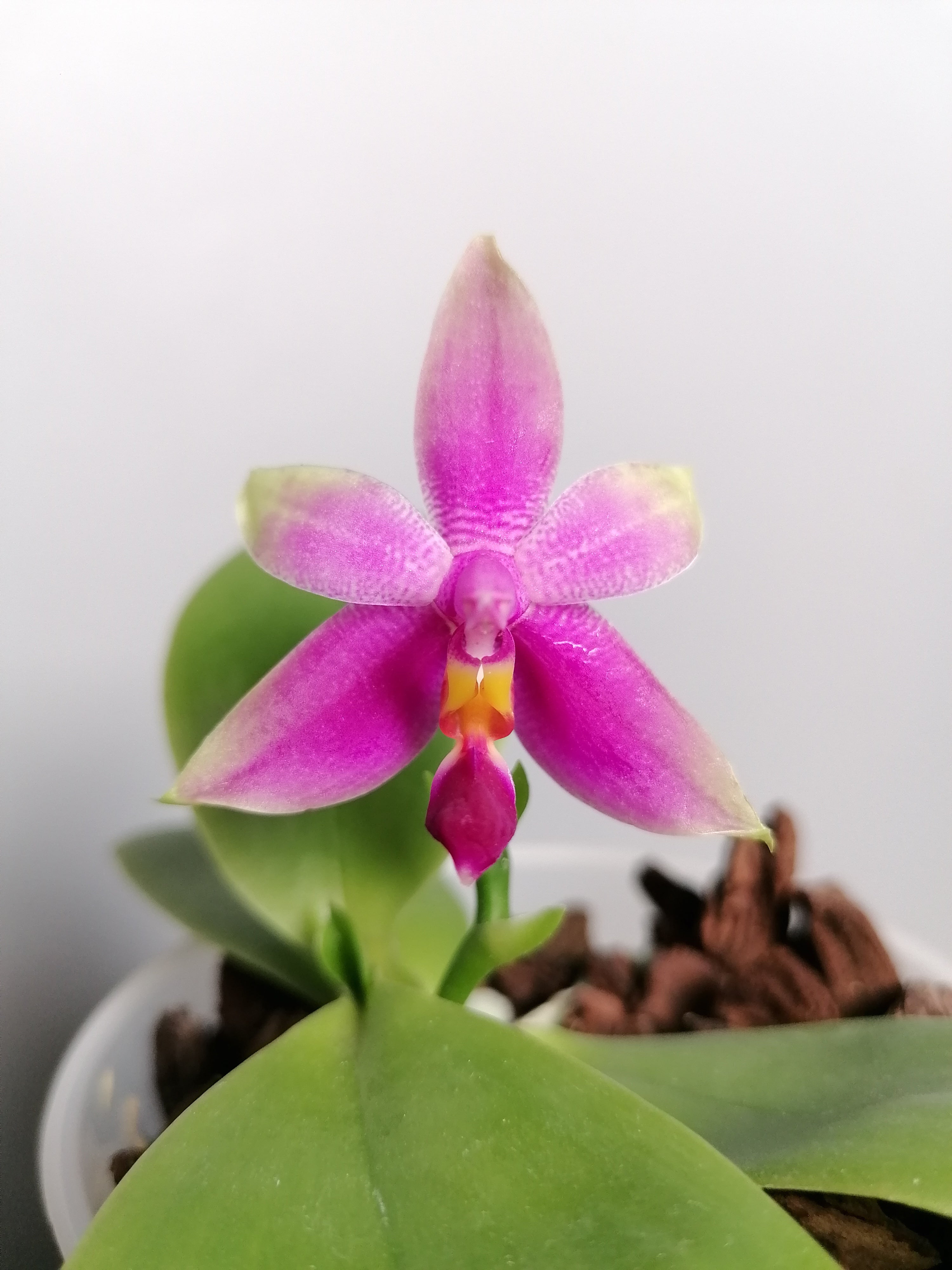
The name of the Brassavola is dedicated to the Venetian nobleman and doctor Antonio Musa Brassavola by the Scottish botanist Robert Brown in 1813.
Brassavola is a gender with 20 species spread over the lowlands of Central America and Tropical South America. They are epiphytes, and some are lithofyten.
This rare and special orchid makes one white or green-white flower, or a bunch of a few flowers. The three sepals and 2 petals are greenish, narrow and long. The basis of the wide lip partially envelops the gynostemium. Most brassavola give off a strong, tasty, citrus -like scent. However, they only do this in the evening and at night, to put on the right moth. Furthermore, the Brassavola genus is characterized by the structure of one fat sheet, which grows from a cylindrical pseudobulb. In 1698 the species Brassavola Nodosa was the first tropical orchid that was taken from the Curaçao origin to the Netherlands. From the botanical gardens of the universities who started growing with it, the spread of this species all over the world began as a greenhouse plant and later also as a houseplant. It was this orchid who aroused interest in orchids for the first time among enthusiasts.

